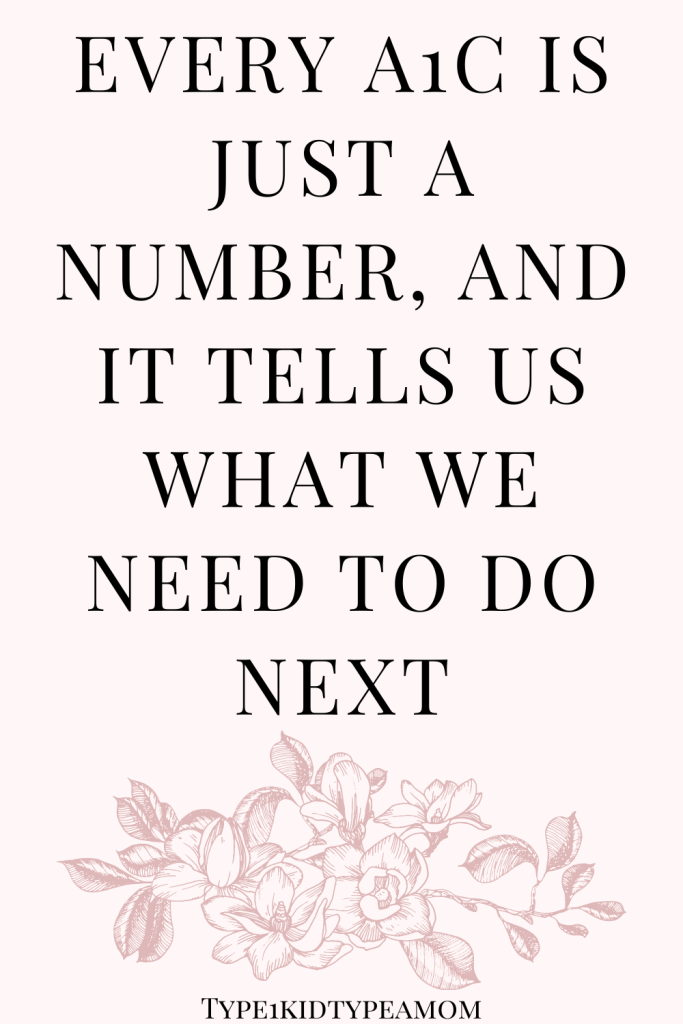As parents of Type 1 Diabetics, we wear many hats that go unnoticed to those around us who are not aware of the work involved in managing this disease. As I enter the workforce again, I am trying to find a balance of humor and acknowledgment of all the skills required to keep our kids happy and healthy. I thought my work-life balance wasn’t the best before (hello, not taking pain meds so I could work the next day after my c-section!) but this 24/7 job is one of the most rewarding and humbling jobs I could ever be a part of.

If you had a T1D resume, what would it look like? Here is what I envision my T1D resume being:
Low carb on call chef
- Able to whip up a no-carb snack when hunger strikes while fighting a high
- Can create themed charcuterie board fit for Cinderella while keeping both children busy
- Able to convince athreenager that the bag of almonds is so much better than the cupcake she has been eyeing through the whole party
Middle of the night medic
- Can navigate a room of toys without stepping on the dreaded Lego
- Capable of doing a finger prick without waking up the sleeping giant
- Skilled at dosing through the door at 2 am
Philanthropist for Tpe 1 charities
- Can turn any holiday into a fundraising event; candygrams, Easter egg drops, muffins for moms, donuts for dad, and breakfast with Santa
- Graphic designer for the team t-shirts, posters, flyers, and more
- Perfecting the art of the ask to restaurants, bike shops, acquaintances, and every Facebook friend
High blood sugar tantrum negotiator
- Willing to poke the beast to calibrate Dexcom and confirm that they are, in fact, in the 300s
- Know when it is best to rage bolus and let her have quiet time
- Creator of the calm corner filled with T1D books, glitter toys, stress balls and art supplies
President of happy pod change club
- Creator of stickers, temporary tattoos on pods, and painted pods so that they are “princessy” enough
- Holder of all the pink starbursts that can be consumed after the change is all done
- Affirmation repeater for the dreaded double Dexcom and Omnipod changes, or when she feels scared
Director of childhood magic preserved
- Can assure her that she is brave, strong, and can create her own story
- Creator of games and teller of stories while waiting in doctor offices
- Community creator so she can find “pod friends” that are similar to her
Medical bill accountant
- Expert negotiator over co-pays
- Can translate health insurance legalese into easy-to-understand terms for medical purchases
- Ability to cross check what bills come in versus what is actually paid and covered
Call center liaison
- Can turn hold music into family dance parties
- Able to speak calmly and kindly to customer service agents after two hours
- Proactive towards returns for failed pods and sensors
Blood sugar analyst
- Can figure out whether this pizza will skyrocket blood sugar now or in four hours
- Master at temporary basal rates when things go awry
- Able to master the art and science of insulin to growing body’s needs
On call medical assistant
- Can figure out where an old pod site is infected or they just played with purple markers before nap time
- Able to choose the right endocrinologists, coordinate the best care and make medical decisions based on information provided
- Know when to stop WebMD searches and Facebook groups and call the doctors
Fridge organizer
- Can still fit two weeks of groceries despite losing the butter container
- Containers filled with snacks are clearly labeled as free snacks, 5 carbs, 10 carbs, and more
- Able to fill the plethora of juice boxes into a small bottom drawer













